Drumroll, please! Our National Parks Pass Contest is now closed, and the survey results are in.
If you’re one of the lucky 150 individuals to win a complimentary 2023 parks pass, you have already been notified. For everyone else, thank you for participating!
As part of the contest, which celebrates U.S. Borax’s 150 years in operation and our legacy with the National Park Service, we asked entrants a question: What’s the first national park you’d like to visit with your pass?
The nearby Boron community cast more than 850 votes and one park emerged as the clear winner: Yosemite National Park.
Explore some of the parks that you selected.
Most votes: Yosemite National Park
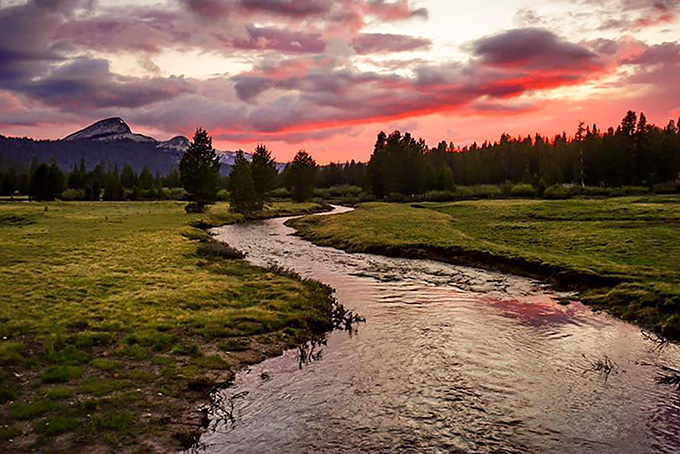
Photo courtesy of the National Park Service
Arguably no park offers the breath-taking vertical views that Yosemite National Park does. Known for countless waterfalls, ancient giant sequoias that stretch into the sky, and some of the grandest granite faces in the world, this park is full of beauty.
Perhaps that’s why you chose Yosemite National Park as the destination you’d go first with parks pass. Yosemite received 242 votes, making it the winner of our survey.
Getting to one of our nation’s most popular destinations is a manageable weekend trip, as it sits about 250 miles from Boron, California. Once there, you’ll encounter incredible views such as Bridalveil Fall, and the internationally recognized granite cliffs of El Capitan and Half Dome.
Most visited: Grand Canyon National Park
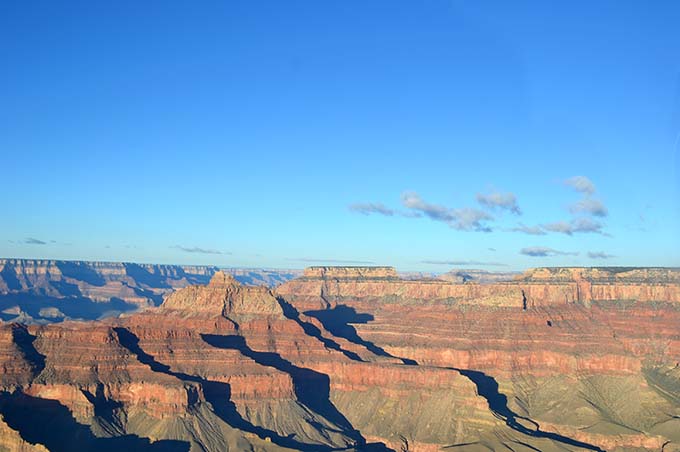
Photo courtesy of the National Park Service
In the heart of the Southwestern U.S., you’ll find Grand Canyon National Park, the nation’s largest and deepest canyon system.
Many classify the park as one of the Seven Natural Wonders of the World, so it’s not surprising that it drew the most visitors of any national park last year (4.5 million).
Located more than 400 miles away from Boron, Grand Canyon National Park includes 1.2 million acres. A 278-mile segment of the Colorado River twists through canyons. At night, stars overwhelm visitors, a characteristic that earned the park an International Dark Sky Park designation in 2019.
Grand Canyon National Park finished fourth in our survey with 54 votes.
Furthest by car: Gates of the Arctic National Park and Preserve
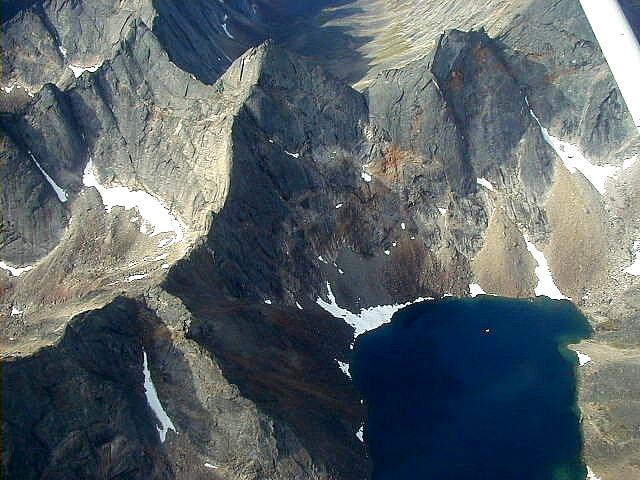
Photo courtesy of the National Park Service
Only the most adventurous types—people seeking raw, truly primitive wilderness—will find the Gates of the Arctic National Park an enjoyable experience.
Not to mention, traveling from Boron to the park—located in Northern Alaska—is a herculean driving adventure of 3,500 miles (approximately 62 hours).
This park spans a jaw-dropping 8.4 million acres and has no established roads, trails, campsites, or visitor services.
Even the most experienced backpackers face a formidable challenge in Gates of the Arctic. Many consider trekking five miles in a day a success as you must battle dense vegetation, traverse seemingly endless arctic tundra, and make frequent river crossings.
The summer is really the only time to visit as temperatures typically range from -20°to -50°F from November through March.
Good luck to the two entrants who voted for this park!
Furthest by plane: Buck Island Reef National Monument
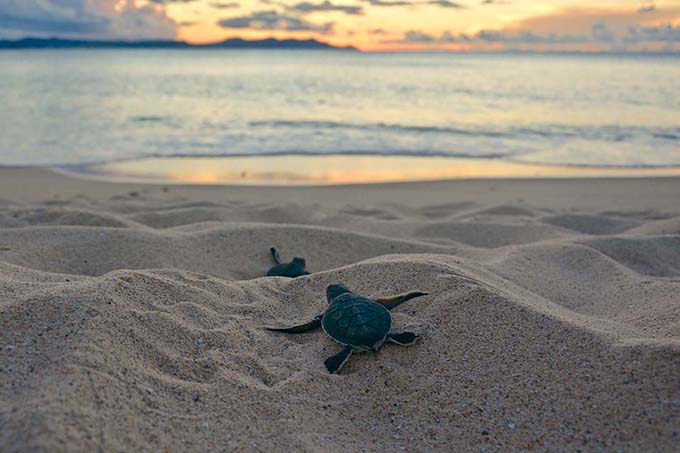
Photo courtesy of the National Park Service
Beautiful coral reefs, pristine sand beaches, and peaceful rocky shores await at Buck Island Reef National Monument—but only if you’re willing to endure an almost 4,000-mile plane ride from California.
Located in the U.S. Virgin Islands, Buck Island Reef National Monument is on the smaller side of national parks and monuments, featuring 19,000 acres of both submerged and dry land.
A unique feature of the park is the underwater trail, where you can snorkel through coral grottoes.
Death Valley National Park
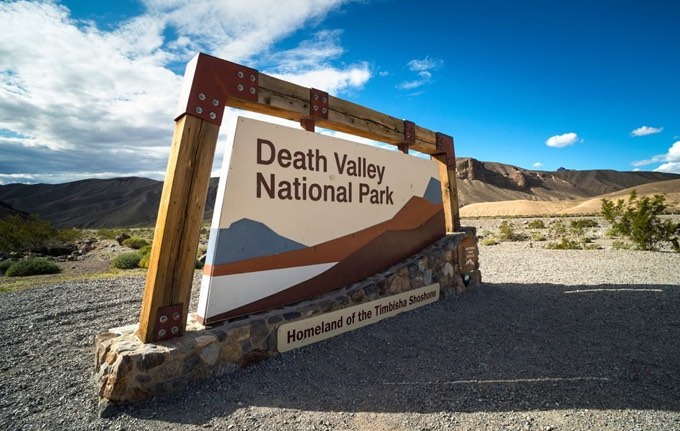
Photo courtesy of the National Park Service
Of course, we’d be remiss if we didn’t promote Death Valley National Park, the park closest to U.S. Borax operations.
Death Valley inspired one of our early marketing executives, who played an instrumental role in the creation of the National Park Service. We helped Death Valley become a National Monument in 1933, and later, a National Park in 1994.
Death Valley National Park finished third in our survey.
Contest winners: Share your pictures, get featured
Have you been selected to receive a national parks pass? We want to hear from you! As you travel throughout the great park system in 2023, email us your trip pictures for a chance to be featured on U.S. Borax social media channels.
And, if you’re not already following us on social media, click the links below:
Resources